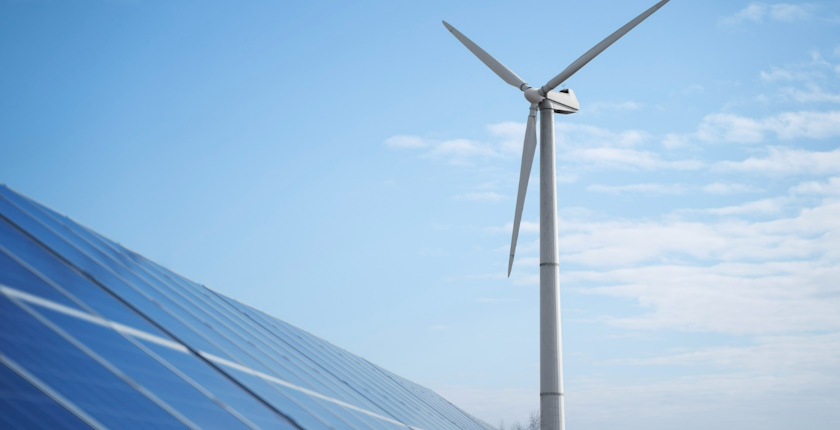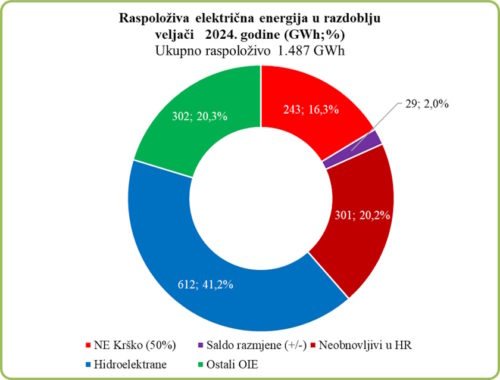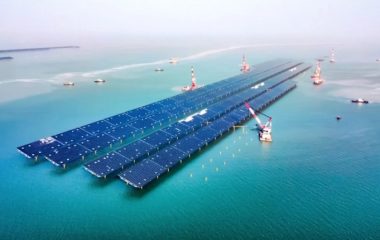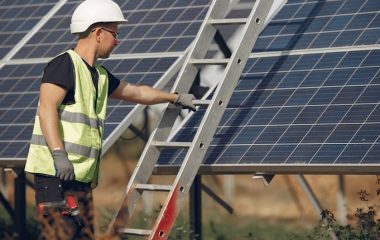
Photo: Freepik
Renewable sources excluding hydropower accounted for more electricity output in Croatia in February than fossil fuels, coming in second by stake, the Renewable Energy Sources of Croatia association said.
Growth in solar and wind power capacity over the last several years, paired with the shutdown of oil-fired capacities, has significantly changed the electricity mix. At the beginning of the year, hydropower plants made up 36.5% of grid-connected capacity or 1.87 GW while pumped storage hydropower plants made up another 281 MW or 5.5%. Wind power was second with 1.14 GW (22.2%).
Gas power plants had a combined 886 MW (17.3%). Thermal power plant Plomin, the only facility burning coal, had 217 MW available, which is 4.2%. There was 45 MW or 0.9% on fuel oil. Solar power capacity reached 463 GW or 9%. The remaining 225 MW were other renewables and waste.
In addition, state-owned power utility Hrvatska elektroprivreda (HEP Group) owns half of the Krško nuclear power plant or 348 MW. It is located in Slovenia, near the border with Croatia.
On January 1, an overall 3.97 GW or 77.6% were renewables and 1.13 GW were non-renewable sources. The sum of their connections to the transmission grid was 4.29 GW compared to 843 MW on the low-voltage network – distribution system.
Early spring
February felt more like spring than a winter month as temperatures were significantly higher and there was less wind than usual, according to the Renewable Energy Sources of Croatia association (RES Croatia or, in Croatian, OIEH). Its monthly report showed high hydropower output including pumped storage facility Velebit, while Plomin was on pause the entire month.
Consequently, hydropower plants dominated in production (612 GWh or 41.2% of available electricity). All other renewables were in second place, with 302 GWh or 20.3%. They beat nonrenewables by 1 GWh. Available electricity includes the Krško nuclear plant and net imports.
In Croatia, the nominal capacity that uses fossil fuels is a third lower than renewables excluding hydropower. However, thermal power plants can work virtually 24 hours a day while wind and solar power plants depend on weather conditions.

Wind parks underperform
Renewables achieved maximum daily coverage of electricity consumption, 83.6%, on February 13. Hydropower plants had a 54.9% share and other green sources accounted for the remaining 28.7%. The level was the lowest on February 4 – 26.5%.
Electricity imports came in at 104 GWh in February, while exports amounted to 75 GWh.
Overall wind power production was 208 GWh. The utilization factor was only 26.3%. The average for February over the last 13 years is 34.1%.


















Be the first one to comment on this article.